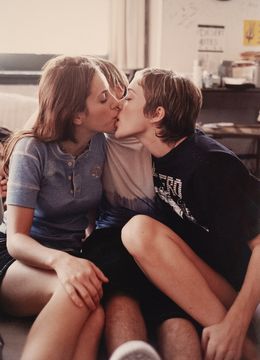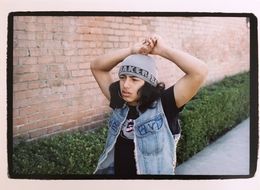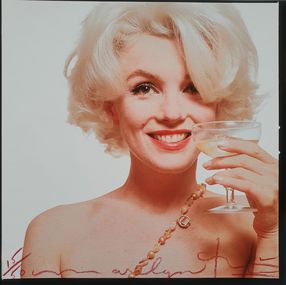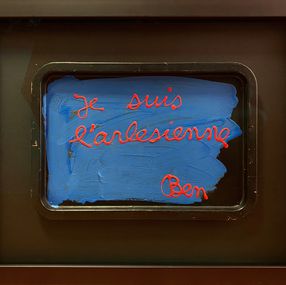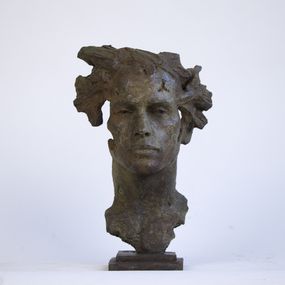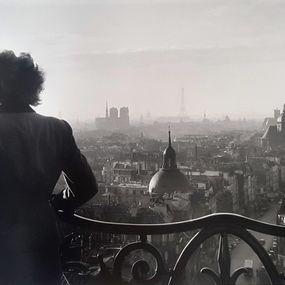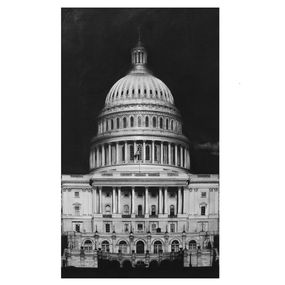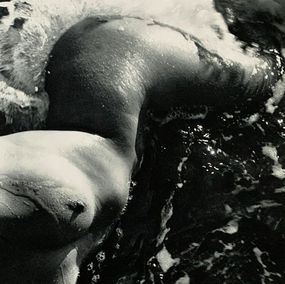
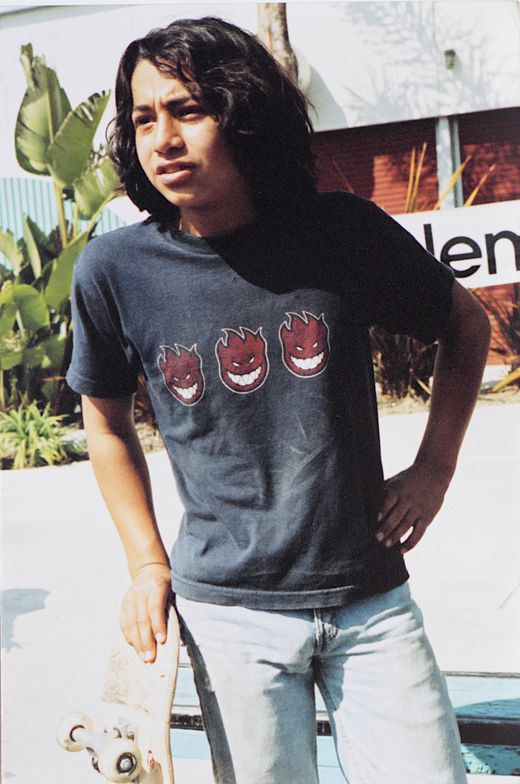
Biography
Larry Clark (born January 19, 1943 in Tulsa, Oklahoma) is an American photographer , filmmaker, and cinematographer.
"When, in the 1960s, I started taking pictures of the people around me, I was creating my own mythology, my own universe. It was already a mixture of reality and fiction, between what I saw in front of me and what I wanted to formulate from this reality."
After studying with Walter Sheffer and Gerhard Bakker at the Layton School of Art in Milwaukee, Wisconsin, Larry Clark began his photography career. He worked in his hometown on scenes from the lives of a group of drug addicts addicted to speed and marijuana. In 1971, Larry Clark published his first monograph, Tulsa.
Now recognized as an essential reference in the history of American photography , Tulsa has been used by directors such as Martin Scorsese in Taxi Driver (1976), Gus Van Sant in Drugstore Cowboy (1989) and Harmony Korine in Gummo (1997).
A recipient of a National Endowment for the Arts grant, Larry Clark published a second volume of photographs entitled Teenage Lust (1983). This was followed by 1992 and The Perfect Childhood (published in the UK in 1992 and 1993).
In 1995, Larry Clark stepped behind the camera and directed Kids from a screenplay by Harmony Korine. The film was a sensation at the Sundance and Cannes Film Festivals. Censored in the United States, Kids was then distributed by Shining Excalibur, a subsidiary of Miramax created specifically for this purpose. The film was a critical and commercial success.
In 1998, Larry Clark made his second film, Another Day in Paradise, starring James Woods and Melanie Griffith, based on the story of a former prisoner named Eddie Little.
Bully, his third feature film, was presented in competition at the Venice Film Festival in 2001. It was also inspired by a news story but then developed a fictional plot based on endearing characters thanks to the deep empathy of Larry Clark's perspective.
Ken Park (2002) depicts a father-daughter marriage and a mother-daughter incest by proxy (the mother sleeping with her daughter's boyfriend). The film raises many reflections.
Wassup Rockers (2004) explores skateboard culture and the transition from adolescence to adulthood through the lens of seven disadvantaged Latino teens. It is considered his most intimate film. Once again, he films with young people he meets on the street.
In 2006, alongside his personal projects, he participated in Destricted, a compilation of short films about the encounter between art and sex alongside seven directors of different nationalities.
Among his future projects is Mona Lisa , a remake of Neil Jordan's Mona Lisa, about a gangster and a prostitute on the run in New York City. There would also be Blood of Pan, in which he would revisit the myth of Peter Pan in his own way, in modern-day New York. A rebellious, vagabond, and seductive teenager would play Peter, while Wendy would be a drug addict.
In Europe, Larry Clark is represented by the Simon Lee Gallery.
From October 8, 2010 to January 2, 2011, the first retrospective in France dedicated to Larry Clark was held at the Musée d'Art Moderne de la Ville de Paris in Paris. Some photos show teenagers engaged in sexual activity. Access to the exhibition was prohibited to those under 18. This decision created a controversy.
In 2012, his film Marfa Girl won the Golden Marcus Aurelius Award for Best Film at the Rome International Film Festival. Larry Clark announced that the film would not be released in theaters or on DVD, but would instead be made available directly to the public via paid streaming on his website. This online release, without any other intermediary, is the result of a strong exasperation with the system, particularly with producers, whom he describes as "crooks." It also reflects the director's desire to connect even more with young people by being present in their daily environment.
The following year, he chaired the jury for the CinemaXXI section at the 8th Rome International Film Festival. His jury consisted of Ashim Ahluwalia, Yuri Ancarani, Laila Pakalnina, and Michael Wahrmann.
In 2015, his new feature film, The Smell of Us, was released, about Parisian teenagers, between their skateboarding activities and their personal setbacks. The filming was a real ordeal between casting cancellations (which Clark himself had to compensate), an actors' strike, a budget shortfall, and a script rewritten during filming. The film was presented at the 2014 Venice Film Festival (in the Venice Days section of the Giornate degli Autori). Critics were divided, but Cahiers du cinéma devoted a large part of its January 2015 issue to it.
Nationality
Categories
Artistic movements
Themes

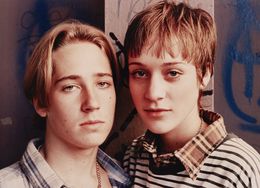
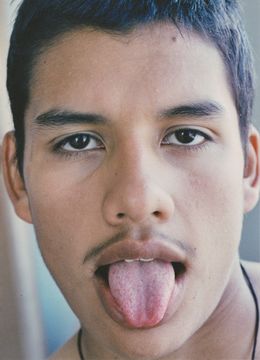
Larry Clark
Photography - 18 x 13 x 0.1 cm Photography - 7.1 x 5.1 x 0 inch
€300
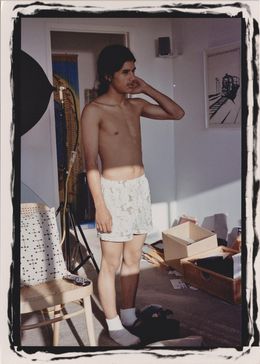
Larry Clark
Photography - 18 x 13 x 0.1 cm Photography - 7.1 x 5.1 x 0 inch
€300
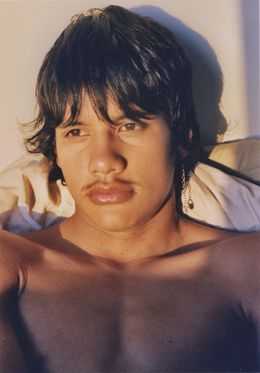
Larry Clark
Photography - 18 x 13 x 0.1 cm Photography - 7.1 x 5.1 x 0 inch
€300

Larry Clark
Photography - 13 x 18 x 0.1 cm Photography - 5.1 x 7.1 x 0 inch
€300

Larry Clark
Photography - 13 x 18 x 0.1 cm Photography - 5.1 x 7.1 x 0 inch
€300

Larry Clark
Photography - 13 x 18 x 0.1 cm Photography - 5.1 x 7.1 x 0 inch
€300
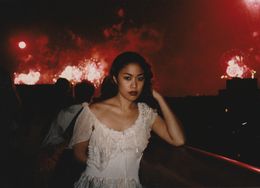
Larry Clark
Photography - 13 x 18 x 0.1 cm Photography - 5.1 x 7.1 x 0 inch
€300
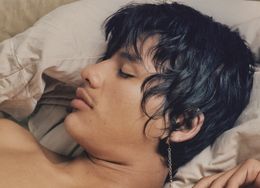
Larry Clark
Photography - 13 x 18 x 0.1 cm Photography - 5.1 x 7.1 x 0 inch
€300
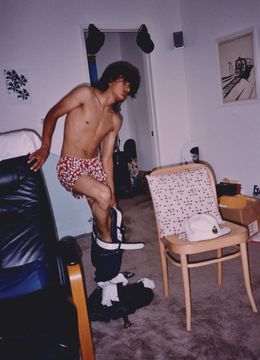
Larry Clark
Photography - 13 x 18 x 0.1 cm Photography - 5.1 x 7.1 x 0 inch
€300

Larry Clark
Photography - 13 x 18 x 0.1 cm Photography - 5.1 x 7.1 x 0 inch
€300
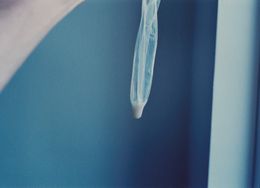
Larry Clark
Photography - 13 x 18 x 0.1 cm Photography - 5.1 x 7.1 x 0 inch
€300
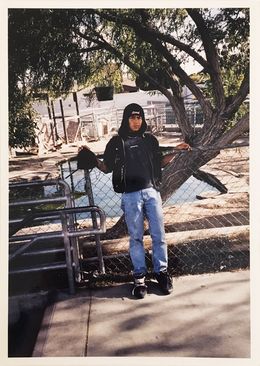
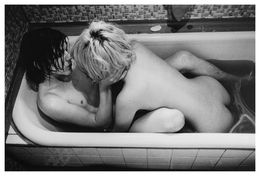
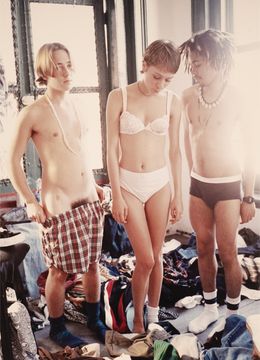
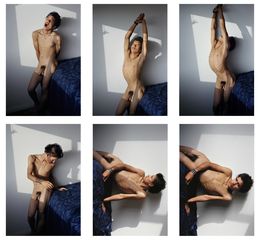
Larry Clark
Photography - 18 x 13 x 0.1 cm Photography - 7.1 x 5.1 x 0 inch
€1,500
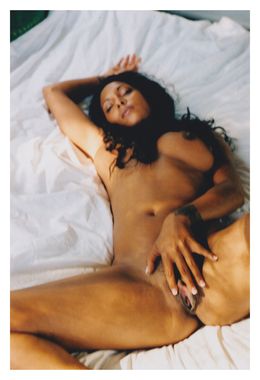
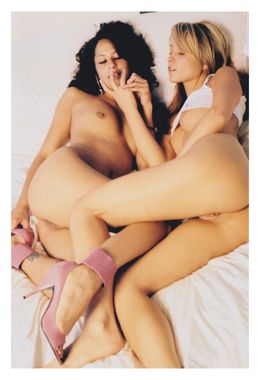
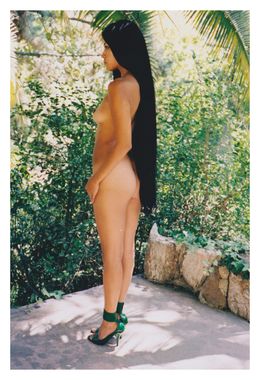

Larry Clark
Photography - 13 x 18 x 0.1 cm Photography - 5.1 x 7.1 x 0 inch
€300

Larry Clark
Photography - 13 x 18 x 0.1 cm Photography - 5.1 x 7.1 x 0 inch
€300

Larry Clark
Photography - 13 x 18 x 0.1 cm Photography - 5.1 x 7.1 x 0 inch
€300
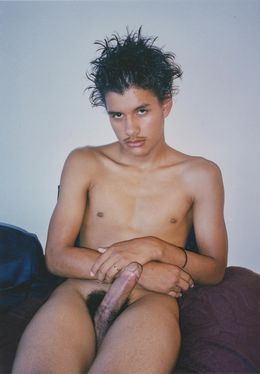
Larry Clark
Photography - 18 x 13 x 0.1 cm Photography - 7.1 x 5.1 x 0 inch
€300

Larry Clark
Photography - 13 x 18 x 0.1 cm Photography - 5.1 x 7.1 x 0 inch
€300
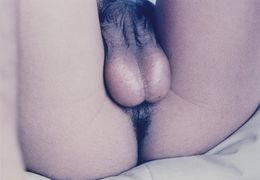
Larry Clark
Photography - 18 x 13 x 0.1 cm Photography - 7.1 x 5.1 x 0 inch
€300
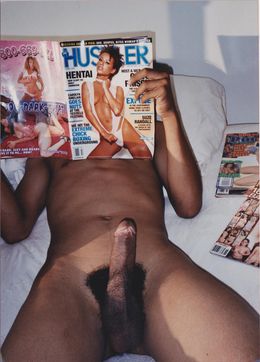
Larry Clark
Photography - 13 x 18 x 0.1 cm Photography - 5.1 x 7.1 x 0 inch
€300
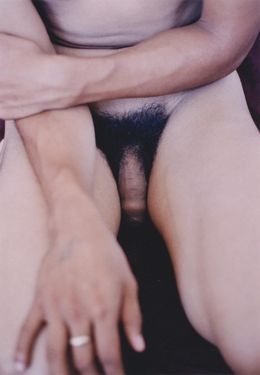
Larry Clark
Photography - 18 x 13 x 0.1 cm Photography - 7.1 x 5.1 x 0 inch
€300
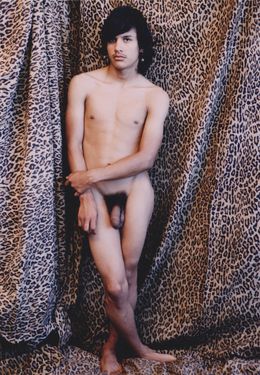
Larry Clark
Photography - 18 x 13 x 0.1 cm Photography - 7.1 x 5.1 x 0 inch
€300
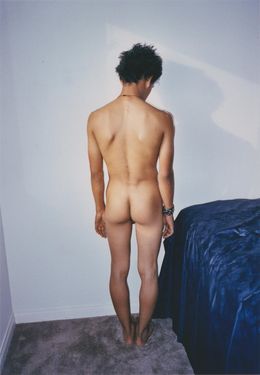
Larry Clark
Photography - 18 x 13 x 0.1 cm Photography - 7.1 x 5.1 x 0 inch
€300
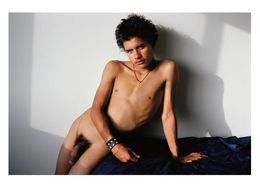
Larry Clark
Photography - 13 x 18 x 0.1 cm Photography - 5.1 x 7.1 x 0 inch
€300
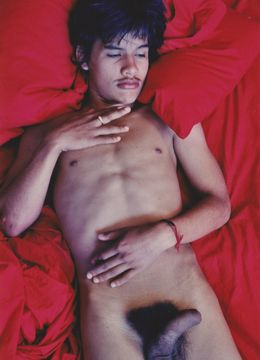
Larry Clark
Photography - 18 x 13 x 0.1 cm Photography - 7.1 x 5.1 x 0 inch
€300
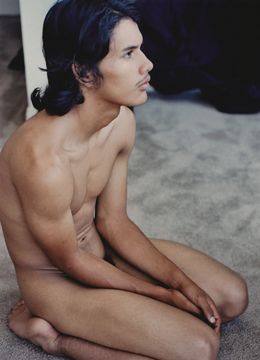
Larry Clark
Photography - 13 x 18 x 0.1 cm Photography - 5.1 x 7.1 x 0 inch
€300
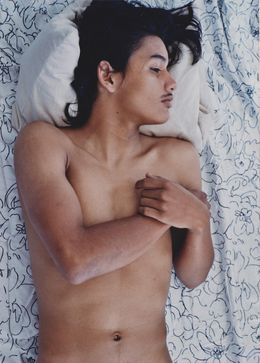
Larry Clark
Photography - 18 x 13 x 0.1 cm Photography - 7.1 x 5.1 x 0 inch
€300
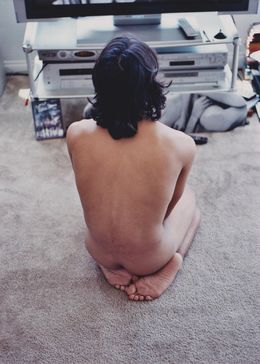
Larry Clark
Photography - 18 x 13 x 0.1 cm Photography - 7.1 x 5.1 x 0 inch
€300
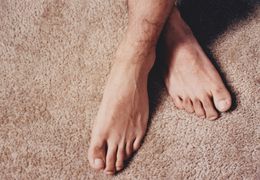
Larry Clark
Photography - 13 x 18 x 0.1 cm Photography - 5.1 x 7.1 x 0 inch
€300

Larry Clark
Photography - 18 x 13 x 0.1 cm Photography - 7.1 x 5.1 x 0 inch
€300
